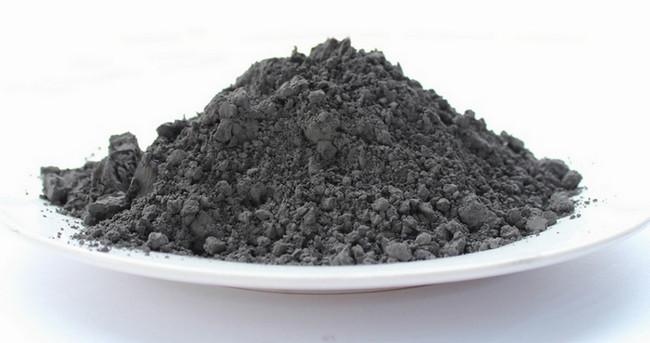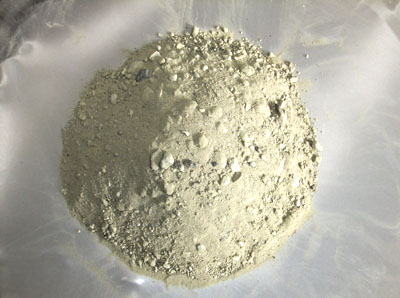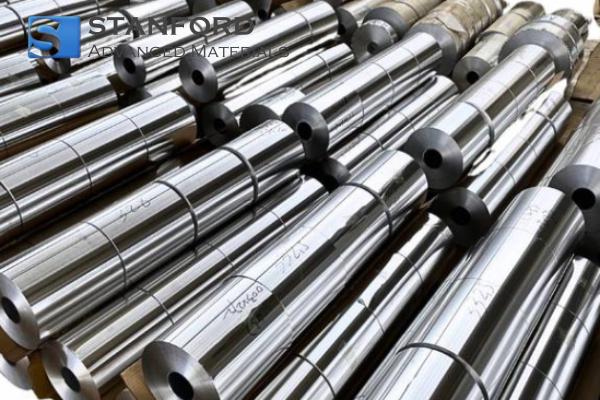Applications Of Molybdenum And Its Alloy
With the development of science and technology, the application of Molybdenum in high technology and other fields has increased. We will now examine the applications of Molybdenum and its alloys.
Iron and Steel Industry
Molybdenum is an element that forms carbides and does not oxidise during steel production. It can be used alone or with other alloying elements. Molybdenum is combined with chromium, nickel, manganese and silicon to manufacture various types of stainless steel, tool steel, high‐speed steel and alloy steel.

Electrical and Electronics Industry
Molybdenum exhibits high electrical conductivity and maintains its properties at elevated temperatures, given that its thermal expansion coefficient closely corresponds to that of glass. It is frequently used for the core, lead, support rod and other components of the coiled filament in incandescent bulbs, and as a grid and anode support in electron tubes.
In addition to using pure Molybdenum in modern electronics, Mo-Re alloys are employed as structural materials for electron tubes and specialised incandescent bulbs. Moreover, Mo-50Re and TZM alloys serve as structural components for thermionic cathodes in high-performance microwave tubes and millimetre-wave tubes.
Automotive Coating
Molybdenum has a melting point of up to 2 620 °C. It exhibits high temperature and corrosion resistance and bonds strongly with steel. Therefore, it is the primary material for thermal spraying in the manufacture of automotive parts. Thermal spray materials enhance the performance of piston rings, synchronising rings, shift forks and other worn components, and are also used for repairing worn crankshafts, rollers, shafts and other mechanical parts.

High Temperature Components
Molybdenum exhibits high purity, high temperature resistance and a low vapour pressure. It is used to manufacture heating elements and structural materials for high temperature furnaces. Molybdenum demonstrates resistance to ablation in molten quartz and is employed as an electrode for excitation and melting in the glass industry, with a service life exceeding one year.
In addition to its use as an electrode, Molybdenum is applied as a high temperature structural material in glass melting, for uses such as guide grooves and tubes. The substitution of platinum with Molybdenum in the optical fibre drawing furnace reduces production costs. Furthermore, Molybdenum and its alloys are used in hot isostatic pressing, heat shields, sinter vapour painting vessels and other similar applications.
Oil Refinement
Molybdenum is employed in oil and gas pipelines. It is also used in combination with cobalt and nickel as a catalyst in petroleum refining and pre-treatment, particularly for the desulphurisation of crude oil, petrochemical products and liquefied coal. Molybdenum plays a role in the cracking and reforming of petroleum and serves as an electron donor and acceptor.
Conclusion
Thank you for reading this article. In addition to the applications mentioned above, Molybdenum and its alloys are utilised in other fields such as the nuclear industry, aerospace and environmental protection. For further information on Molybdenum and its alloys, please visit Stanford Advanced Materials (SAM).
Stanford Advanced Materials (SAM) is a global supplier of Molybdenum with over two decades of experience in the manufacture and distribution of Molybdenum products. They supply products that meet the research and production requirements of their clients. We are confident that SAM will be your preferred Molybdenum supplier and business partner.

 Bars
Bars
 Beads & Spheres
Beads & Spheres
 Bolts & Nuts
Bolts & Nuts
 Crucibles
Crucibles
 Discs
Discs
 Fibers & Fabrics
Fibers & Fabrics
 Films
Films
 Flake
Flake
 Foams
Foams
 Foil
Foil
 Granules
Granules
 Honeycombs
Honeycombs
 Ink
Ink
 Laminate
Laminate
 Lumps
Lumps
 Meshes
Meshes
 Metallised Film
Metallised Film
 Plate
Plate
 Powders
Powders
 Rod
Rod
 Sheets
Sheets
 Single Crystals
Single Crystals
 Sputtering Target
Sputtering Target
 Tubes
Tubes
 Washer
Washer
 Wires
Wires
 Converters & Calculators
Converters & Calculators
 Write for Us
Write for Us


 Chin Trento
Chin Trento



